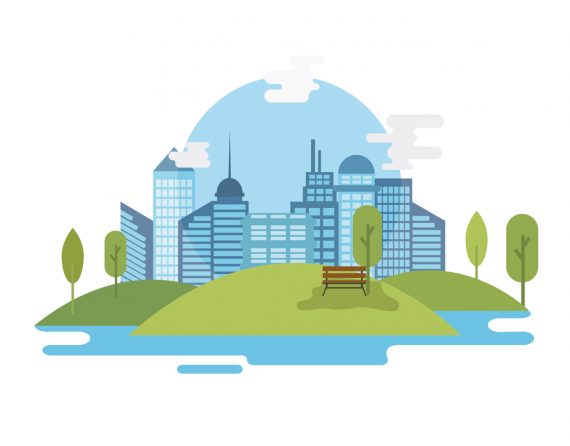
Back before automobiles dominated the streets, the makeup of cities was incredibly different. Often, residents found themselves living right across from their local grocer and just down the road from where they worked. Neighborhoods were tightknit, and there wasn’t much need for you to reach beyond the borders of your little community. Fast-forward to the early 20th century, and city designs began to paint a different picture. As vehicles became more accessible to the average American, the distance between where you live, where you work and where you play no longer mattered. Neighborhoods began to split and were zoned strictly for residential, commercial or industrial. And forevermore, the overlap between these zones ceased to exist. That is, until recent years.
For the past few decades, cities across the U.S. have been making a concentrated effort to revitalize once defunct portions of their community. These city governments are implementing what is known as multi-use (or mixed-use) development to attract a new and younger crowd of residents. Multi-use development harkens back to the time before the demand for vehicles was so high. Instead, multi-use development opts to both combine multiple zones into one piece of property and rezone districts to not only focus on one type of development. The resurgence of multi-use communities is leading to the growth of city districts with a greater sense of community and environmental care.
Multi-use development encompasses several ideas. The first of which is the most literal definition: multi-use development is when a project site incorporates multiple zones as part of its development. Commonly, you see properties utilizing the ground floor as a shop or commercial center while upper floors are residential. Multi-use development is also the idea of a neighborhood with a mix of different zones. For example, you can find residential, commercial and industrial buildings all within a few blocks of each other. You may also recognize multi-use development as a key component of the New Urbanism trend.
While living near where you work and shop sounds like a novel idea, multi-use development offers benefits beyond convenience. Through the use of multi-use development, the quality of housing will increase, the environment begins to improve and the bonds with your neighbors strengthen.
Peoria is not unfamiliar when it comes to concepts such as multi-use development. For the past decade, Peoria has taken to revitalizing its historic Warehouse District with multi-use development and new urbanism in mind. The idea of the Warehouse District was to allow locals working at companies such as Caterpillar, the local hospitals, Bradley University and other locations to be close to their places of employment. While not all of these businesses are a simple walk away, all of them are easily accessible to public transport.
Additionally, the Warehouse District incorporates plenty of shopping, restaurants, and entertainment. You can watch the Peoria Rivermen at Dozer Park, adjacent to the Warehouse District. And not too far, you can experience some of Peoria’s nightlife down Southwest Water Street. You’ll also find parks, museums and other local attractions all in and around the Warehouse District. And of the local businesses in proximity to the Warehouse District, Austin Engineering is one of them!
Whether a single property or a small community, there’s a lot of work that goes into creating a successful multi-use development. If interested in how else multi-use development can revitalize your city, give the experts at Austin Engineering a call. Not only do our civil engineers work on matters involving multi-use development on a local level, but we also contribute to the growth of cities throughout the country.
If interested in the work Austin Engineering does, you can contact us today at (309) 228-9552. Also, our Peoria office is located at 311 SW Water St, Ste 215, Peoria, IL 61602.